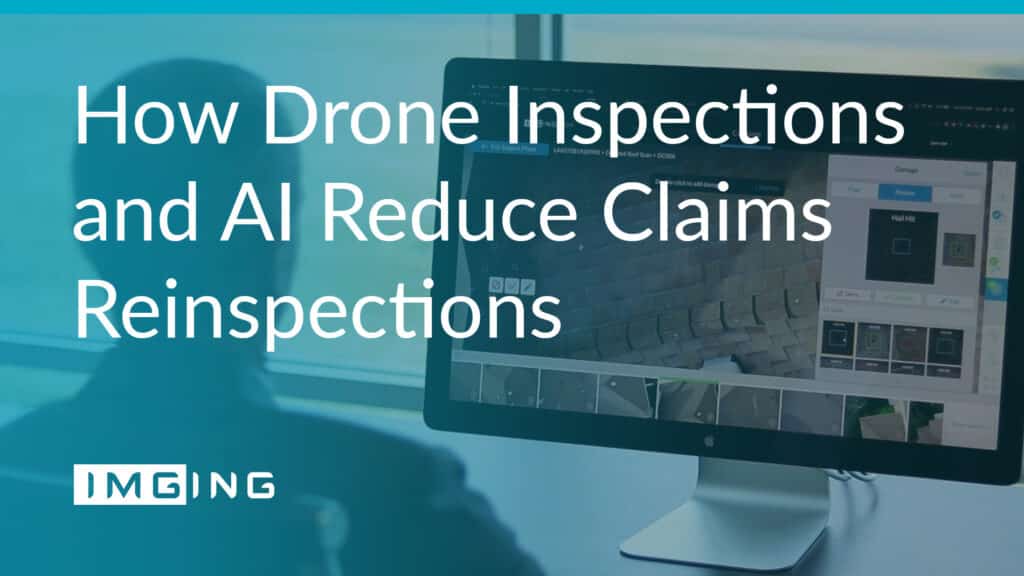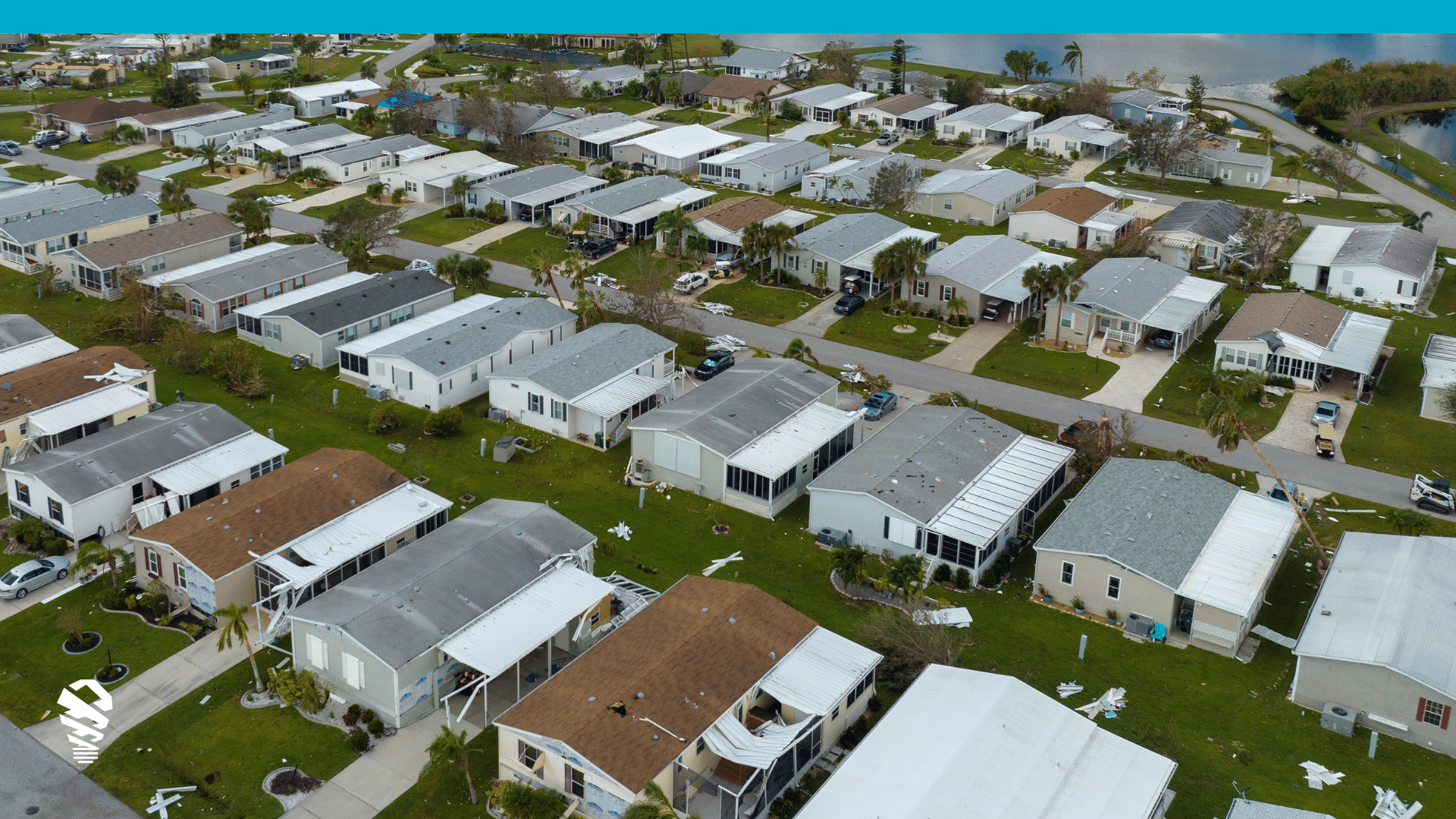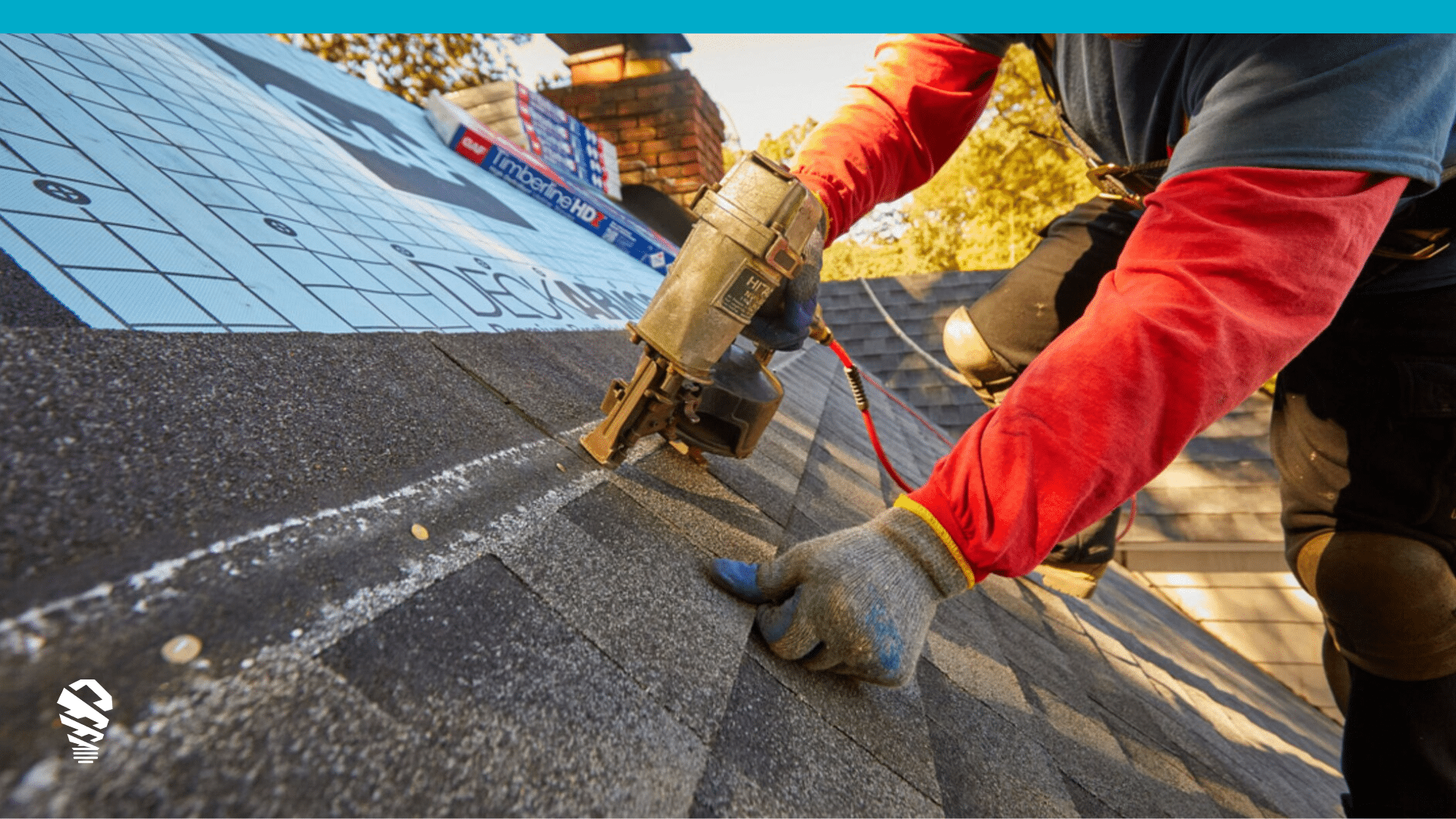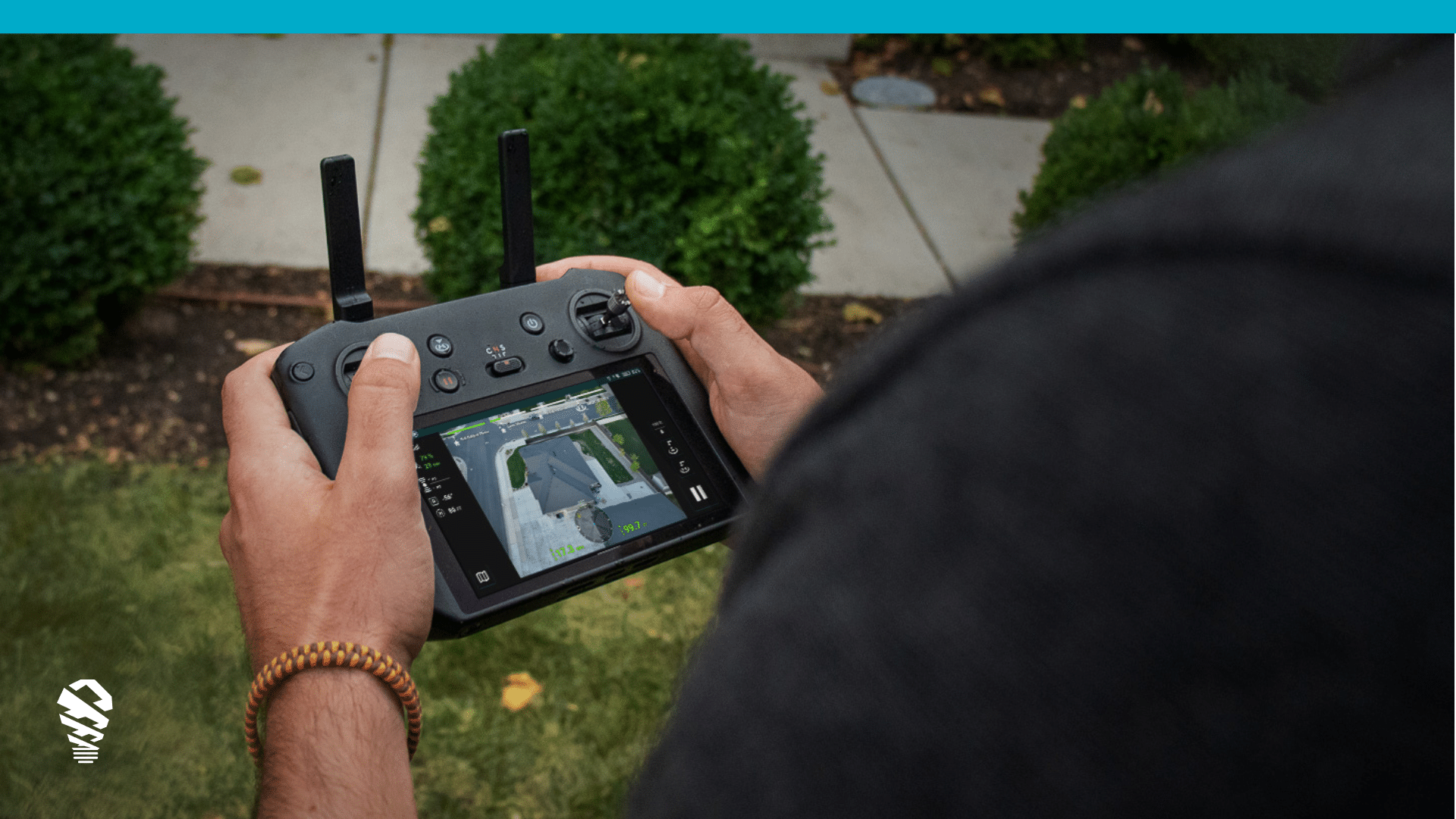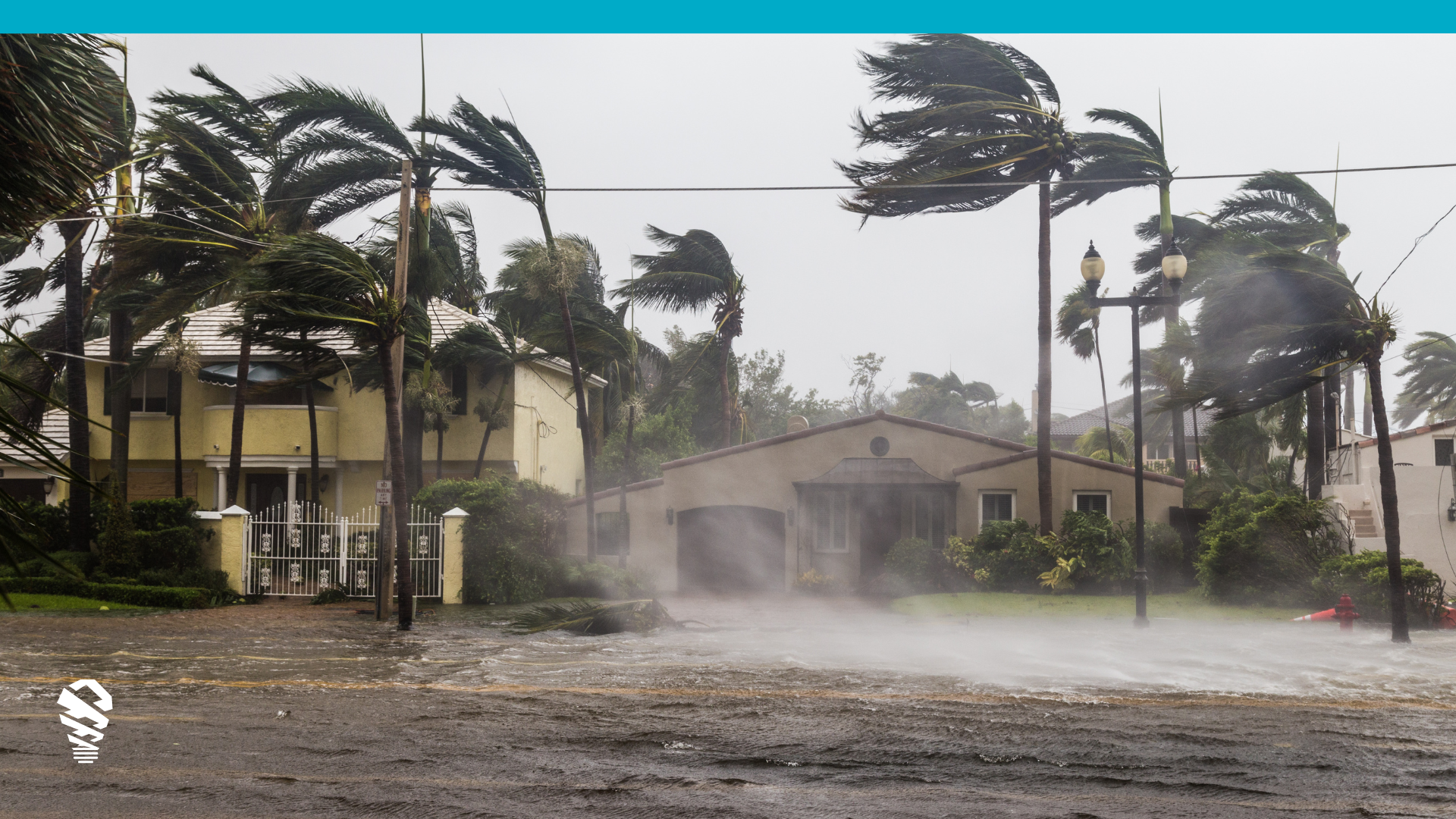The insurance industry is always looking for ways to become more efficient and save money. One area where this is especially true is in the re-inspection claims process. But where do re-inspections occur and why can software-enabled drones slash re-inspections? Let’s review the claims process and highlight how to reduce re-inspections.
Typical Insurance Claims Process
- First Notice of Loss – A policyholder contacts their insurance company after experiencing a loss. A claims number is assigned.
- Claim Evaluation – The insurer sends an adjuster to the policyholder’s property to inspect for damage. For a smaller and simpler claim, the insurer might approve the claim with photos or videos of the damage.
- Approval or Denial of Claim – The insurance carrier will inform the policyholder if the claim is approved or not. If it is approved, the carrier will pay the estimated cost of repairs. Or, the carrier might pay a contractor directly to fix the damage.
- Claim discrepancies or disputes – This is often when a re-inspection occurs.
- Insurance carrier has fully adjusted the claim, completed or paid for needed repairs. The claim is now closed.
The Re-inspections Process
Re-inspections occur during the claims process when there is a discrepancy in opinion or the adjuster’s determination is challenged. A property owner challenging an adjuster’s determination is when a re-inspection is most often required which can quickly create a contentious working environment between the adjuster and policyholder.
Historically, this meant the property owner and a third party, such as a public adjuster or contractor working in behalf of the property owner’s interest, would meet at the home to inspect the property together. The most common reasons for re-inspections are when a property owner believes the adjuster didn’t see all the damage, they made mistakes, or if there are other problems. Policyholders may see other properties in the neighborhood receive payments or repairs when they are not, may misunderstanding their coverage, disagree over assessed damage. Since disagreement is often the catalyst for a re-inspection and an inflection point in the relationship with the policyholder and carrier, managing this point in the relationship is critical.
This is where documentation makes all the difference. If the adjuster can diffuse the policyholder’s objections through comprehensive documentation, the entire idea of a re-inspection can be done away with. Additionally, comprehensive documentation can reduce fraud as the window during which fraud is often committed – before the re-inspection – has been removed completely.
Insurance Claims Process with AI-Powered Inspection Technology
- First Notice of Loss – A policyholder contacts their insurance company after experiencing a loss. A claims number is assigned.
- Claim Evaluation – The insurer sends an adjuster to your property to inspect the damage. For a smaller and simpler claim, the insurer might approve the claim with photos or videos of the damage. The adjuster inspects with the IMGING property inspection platform ensuring that there is a comprehensive, 360-degree view of the property. Findings are highlighted with artificial intelligence and documented as part of the claim.
- Approval or Denial of Claim – The insurance carrier will inform the policyholder if the claim is approved or not. If it is approved, the carrier will pay the estimated cost of repairs. Or, the carrier might pay a contractor directly to fix the damage. Any discrepancies are handled at this stage with documentation provided by the comprehensive inspection recorded earlier.
- Insurance carrier has fully adjusted the claim, completed or paid for needed repairs. The claim is now closed.
If property adjusters get comprehensive inspection data the first time, they can reduce the chances of a re-inspection request or dispute. But adjusters have a difficult job. They are asked to provide good customer service throughout the claims process, be accurate in their determinations, and work quickly and efficiently. This is a tall order and where technology can help. By documenting a comprehensive view of the property that is analyzed with AI, annotated by the adjuster, stored on-demand in the cloud, and enables easy reporting, adjusters can avoid the most costly part of a typical insurance claims process, the re-inspection.

